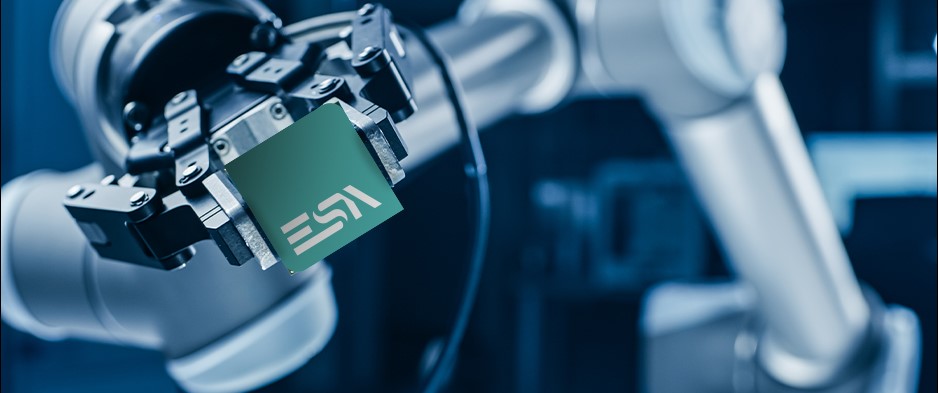The presence of cobots in the Food & Beverage sector continues to grow, with new uses, solutions and opportunities. Easy to integrate into food production lines, collaborative robots can optimize human work in various aspects, thus ensuring greater competitiveness for companies.
These are some of the main advantages of using cobots in the food industry.
Benefits of cobots in Food & Beverage
Productivity increase
As the name suggests, cobots are designed to collaborate with humans to maximize productivity. Their interaction with operators simplifies their activity and enable to perform tasks that previously had to be managed manually in an automatic, faster and more precise way. In addition, robots don’t need to rest and can continuously perform activities that are particularly strenuous or require no decision-making. This leads to a production rate increase and costs reduction.
Ease of use
This new generation of robots stands out for the simplicity of installation and use. Their programming is particularly easy and fast. This guarantees both faster start-up times and greater application flexibility. Cobots only require a few hours to be set up and then they automatically carry out their activities with minimal supervision.
Reduction of inactivity
Normally, each production change takes time in order to modify tools and activities. During this time, production either stops or slows down. The use of cobots in the food industry, on the other hand, cuts inactivity, bringing it down to a few minutes instead of several hours.
Greater security
In addition to the most trivial and repetitive tasks, cobots can free human operators from the most dangerous and complex activities. Furthermore, to increase safety, today cobots are equipped with obstacle detection sensors that prevent collisions.
Cobot ESA for the food industry
More and more often, ESA’s solutions for industrial automation are used as user interface in applications where operators are supported by cobots. Although the collaborative robots enable command directly by touching or manually moving the arm during normal production processes, the user interface allows to save machine setups in its archive through the “Recipe Management” function.
To this end, ESA has created an application with a cobot preparing coffee for visitors. In this case, ERGO is the user interface, which communicates via ethernet with the robot controller and integrates the functions of supervision of the current position and management of the recipe archive for the preparation of the different types of coffee.
Find out more about the ERGO all-in-one machine control station

